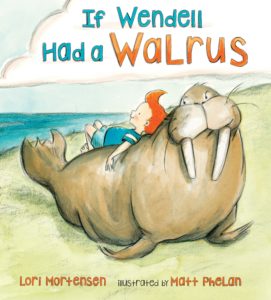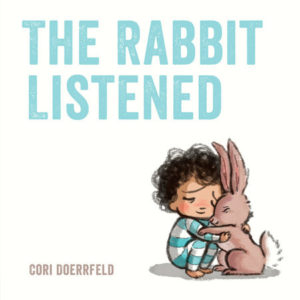One of the pleasures of reading poetry is to witness the urgency, the intensity, and the sheer beauty of language. This is as true in well-written picture books as it is in the classic “adult” poems of Rumi, Emily Dickinson, Robert Frost, or Yusef Komunyakaa.
As I think about which relatively-recent picture books most embrace the wonders that poetry offers, I recall what Romanian-born German poet Paul Celan once wrote:
“A poem … can be a message in a bottle, sent out in the–not always greatly hopeful–belief that somewhere and sometime it could wash up on land, on heartland perhaps. Poems in this sense, too, are under way: they are making toward something.”
Each of the following picture books all are a “making toward something” that’s remarkable thanks to their use of poetic forms and a keen sensibility for language.
See for yourself.
Thunder Underground by Jane Yolen (illustrated by Josee Masse)
In this collection of 21 playful poems by kidlit master Jane Yolen, readers learn all about the things beneath the Earth’s surface: subways, fossils, pirate treasure, caves, magma, and even tectonic plates. A Kirkus starred review notes that the poems honor “the ability of young readers to navigate syntax, imagery, and wordplay… a thoughtful exploration of nature expressed in poetry that should open the eyes of children to unseen worlds.”
Jazz Day: The Making of a Famous Photograph by Roxane Orgill (illustrated by Francis Vallejo)
In playful verse and vibrant images, this book captures an amazing real-world moment from 1958, when Esquire magazine and graphic designer Art Kane brought together a group of 57 beloved jazz musicians to be photographed outside a Harlem brownstone. Celebrate Picture Books notes that author Roxane Orgill “recreates the syncopation of jazz and the exhilaration of the photo shoot in twenty poems that capture the sights, sounds, conversations, horseplay, and vibe of that special day that forever commemorate the Golden Age of Jazz.”
One especially cool feature? A fold-out page in the book shares the final product of that historic photo shoot.
H is for Haiku: A Treasury of Haiku from A to Z by Sydell Rosenberg (illustrated by Sawsan Chalabi)
Writer’s Rumpus reports that this book is “a delightful exploration of the alphabet through Haiku. Each page explores a moment in time with lovely, lyrical and luscious language. Colorful, playful illustrations complement the poetic text.” As the late Rosenberg once shared: “The split second one starts to touch a flower–real or plastic? That’s haiku. Before the hoof comes down–that’s haiku.”
In the Land of Milk and Honey by Joyce Carol Thomas (illustrated by Floyd Cooper)
This book tells the true story of Joyce Carol Thomas’ trip as a girl from Oklahoma to California in 1948. A Booklist review shares that “clear free verse captures the excitement of the journey–the steaming train, the hissing wheels, the long lonesome whistle.” But don’t neglect Floyd Cooper’s masterful pastel artwork and oil wash paintings which are equally impressive and help make this book a must-read.
If I Never Forever Endeavor by Holly Meade
This book tells the inner story of a fledgling thinking about leaving the nest, but isn’t quite ready to go. To fly or not to fly? That is the question explored in these poems that emphasize rhyme, repetition, and onomatopoeia.
A Storypath review says that “the bird’s soliloquy is rhythmic and memorable and will be picked up by the listeners by the second reading.”
Out of Wonder: Poems Celebrating Poets by Kwame Alexander and Chris Colderley and Marjory Wentworth (illustrated by Ekua Holmes)
Newbery Award-winning author and poet Kwame Alexander–with Chris Colderley and Marjory Wentworth–writes poems about great poets … in the style of those poets themselves. In an NPR interview, Alexander states that the three aims for this book are to encourage kids to read poetry, introduce them to great poets, and inspire them to write poems of their own. “It’s a lofty goal,” he admits, “but I think that’s a metaphor for what poetry is.”
A Poke in the I: A Collection of Concrete Poems by Paul B. Janeczko (illustrated by Chris Raschka)
This award-winning collection of 30 poems provides no end of fun thanks to a commitment to the playfulness of poetry. A Booklist starred review explains that “these aren’t poems to read aloud, but to look at and laugh at together, with young children and especially older readers, who will enjoy the surprise of what words look like and what can be done with them.” A Publisher’s Weekly starred review adds that this book is “an uncluttered, meditative space for the picturesque language.”
Marvelous Math: A Book of Poems by Lee Bennett Hopkins (illustrated by Karen Barbour)
It’s hard to imagine a list of good poetry picture books without including something by Lee Bennett Hopkins, the grand master of poetry and poetry anthologies for young readers. The 16 poems in this book–two written by Hopkins and the rest written by others–all include math or numbers as a thematic element. A few of my favorites? Lillian M. Fisher’s “To Build a House,” Janet S. Wong’s “One to Ten” and Felice Holman’s “Counting Birds.”
Where the Sidewalk Ends: Poems and Drawings by Shel Silverstein
What can be said about a poetry book from 1974 that nearly all adults recall with wonder, joy, and an enduring sense of nostalgia?
Sisters are auctioned off.
Sarah Cynthia Sylvia Stout will simply not take the garbage out!
A girl eats a whale.
Crocodiles go to the dentist.
Silverstein’s poetic mad-but-makes-sense world is one where you wash your shadow and plant diamond gardens. Yes, his poems are loads of fun, but he’s a master wordsmith whose writing is far more profound than you might realize at first.


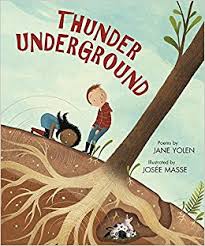
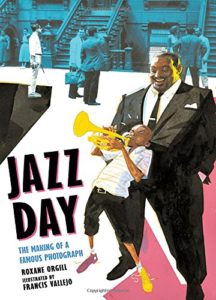
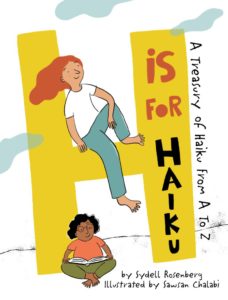
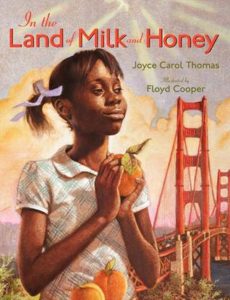
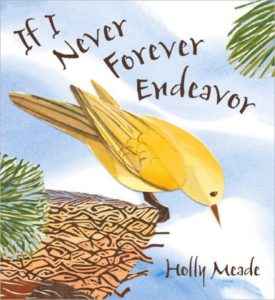
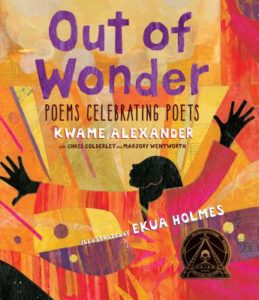
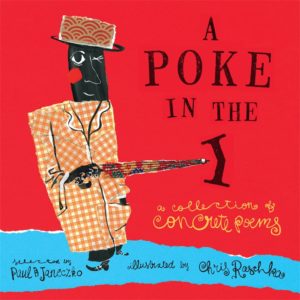

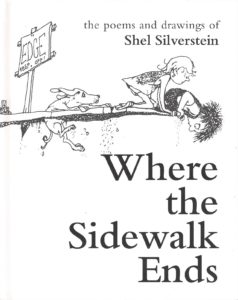
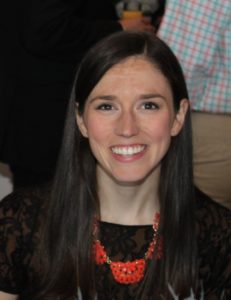
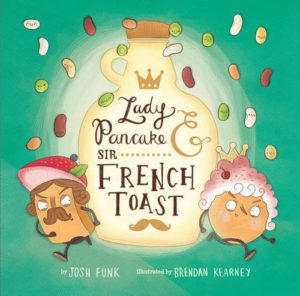
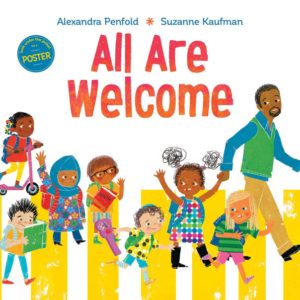
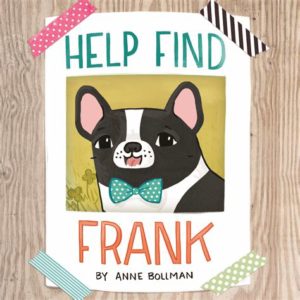
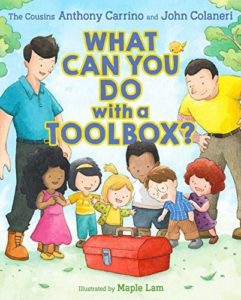
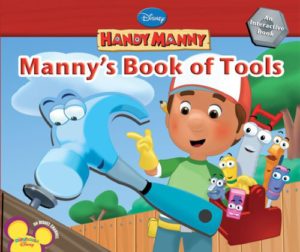
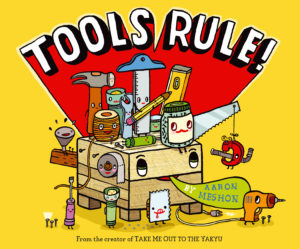
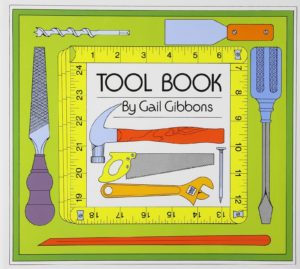
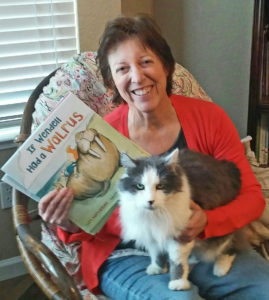 When she’s not letting her cat in, or out, or in, she’s tapping away at her computer, conjuring, coaxing, and prodding her latest stories to life. Sometimes takes a break and answers marvelous questions posed by Ryan G. Van Cleave at Only Picture Books.
When she’s not letting her cat in, or out, or in, she’s tapping away at her computer, conjuring, coaxing, and prodding her latest stories to life. Sometimes takes a break and answers marvelous questions posed by Ryan G. Van Cleave at Only Picture Books.